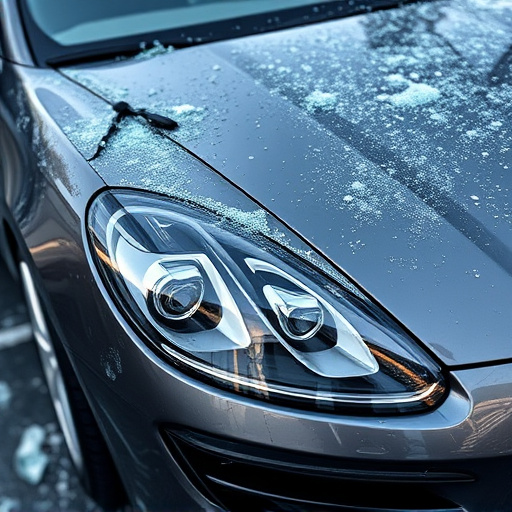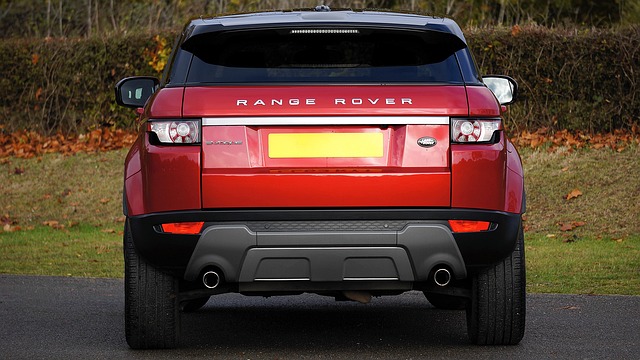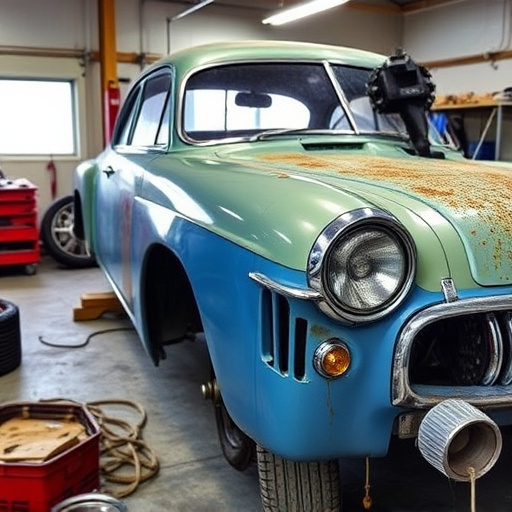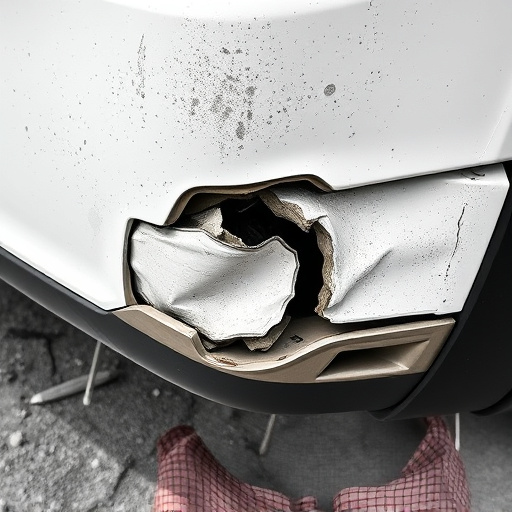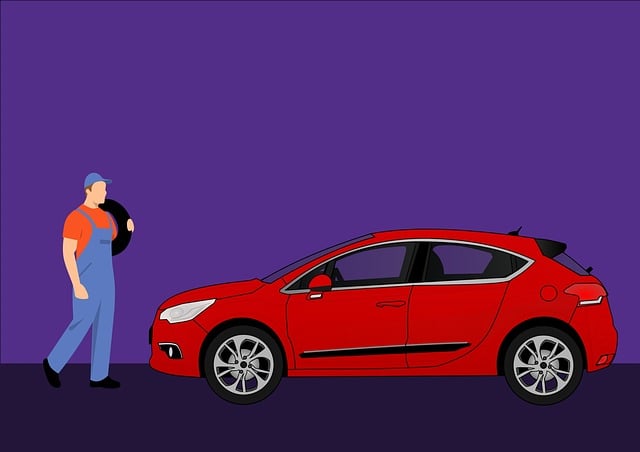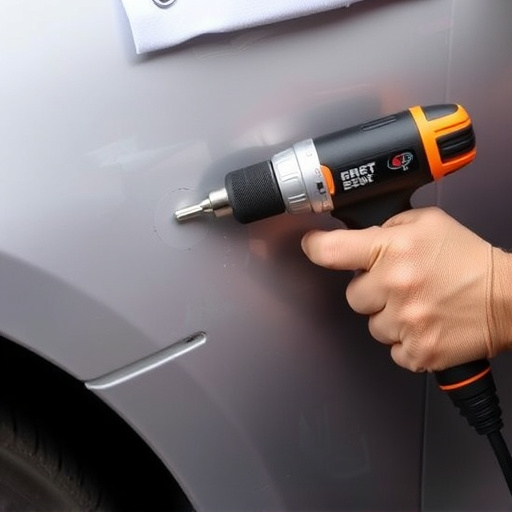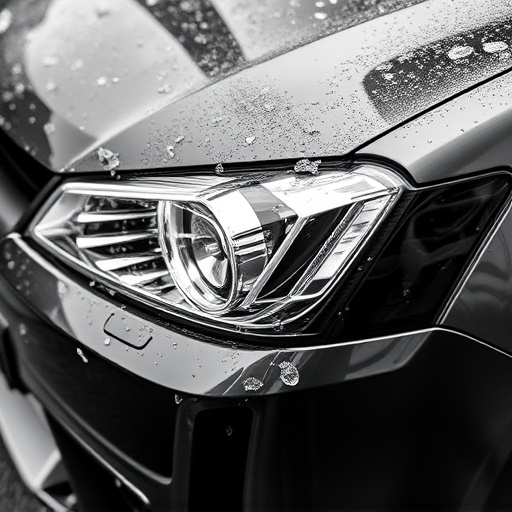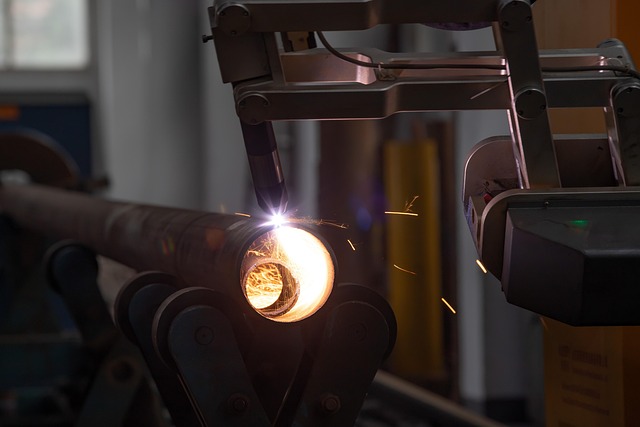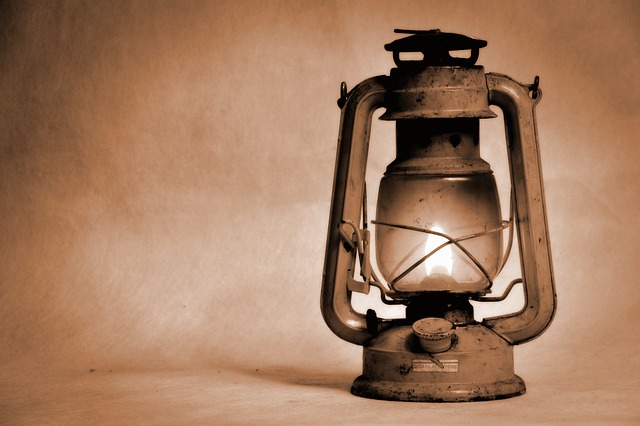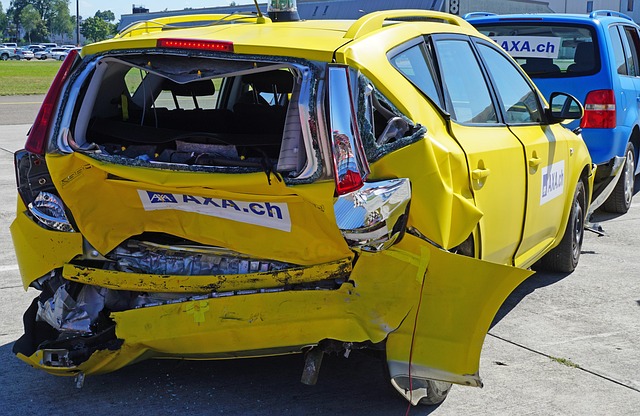Car paint restoration is evolving with advanced robotics and AI for precise color matching, eco-friendly practices like water-based paints, and digital tools that minimize waste and enhance durability. Mistakes to avoid include rushing, skimping on prep, using incorrect products, and inadequate dent removal. Proper cleaning, priming, sanding, and multi-stage repairs are crucial for satisfactory outcomes while promoting environmental sustainability in the automotive industry.
Car paint restoration is an evolving art, driven by innovative technologies and a focus on sustainability. As professionals in the automotive industry navigate emerging trends, they share insights into the latest advancements and best practices. This article explores what experts have to say about the future of car paint restoration, from cutting-edge techniques to eco-friendly approaches. We’ll also uncover common pitfalls to avoid, ensuring you stay informed about the latest developments in this dynamic field.
- Emerging Technologies in Car Paint Restoration
- Sustainable Practices Shaping the Future of Auto Refinishing
- Common Mistakes to Avoid During Paint Restoration Processes
Emerging Technologies in Car Paint Restoration
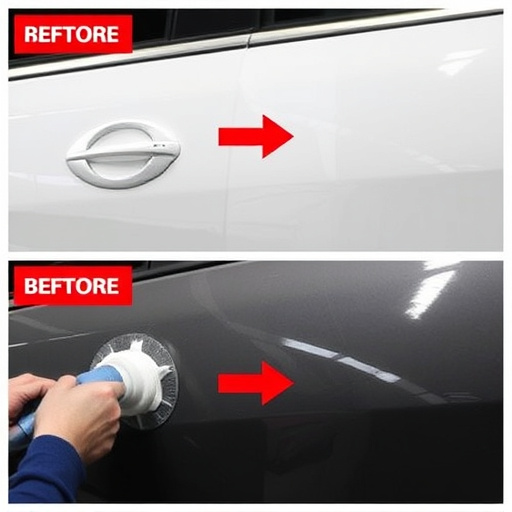
The field of car paint restoration is experiencing a wave of innovation driven by emerging technologies. One notable trend involves the integration of advanced robots and artificial intelligence in autobody repairs, enabling precise and consistent repainting jobs. These systems can analyze and match original car paint colors with remarkable accuracy, ensuring seamless restoration even for complex car dent repair scenarios.
Additionally, eco-friendly solutions are gaining traction in the industry. Water-based paints and reduced-VOC (Volatile Organic Compound) options are becoming more prevalent, aligning with a growing demand for sustainable car repair practices. These technologies not only contribute to environmental conservation but also offer long-lasting, high-quality finishes, enhancing the overall aesthetic appeal of restored vehicles at leading car repair shops.
Sustainable Practices Shaping the Future of Auto Refinishing
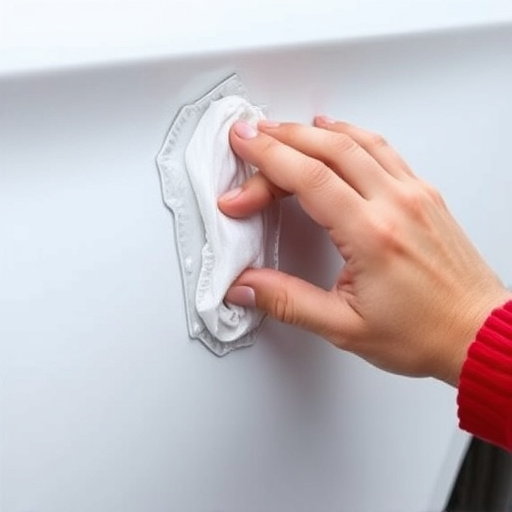
In recent years, the automotive industry has witnessed a significant shift towards sustainability and eco-friendly practices, and car paint restoration is no exception. Professionals in this field are increasingly adopting sustainable methods to minimize environmental impact while delivering high-quality results. One notable trend is the use of water-based paints and advanced coating technologies that reduce the emission of volatile organic compounds (VOCs). These innovative solutions not only contribute to cleaner air but also offer exceptional durability, ensuring vehicles retain their vibrant finishes for extended periods.
Furthermore, the integration of digital tools and techniques has revolutionized car paint restoration. Advanced scanning technology allows for precise color matching and efficient application, reducing waste. Automated systems and robotics are also playing a crucial role in streamlining the process, making automotive body work more accurate and less labor-intensive. This not only benefits repair shops by enhancing productivity but also guarantees excellent hail damage repair or vehicle dent repair outcomes, ensuring every restored vehicle meets modern standards of excellence while adhering to environmental sustainability goals.
Common Mistakes to Avoid During Paint Restoration Processes
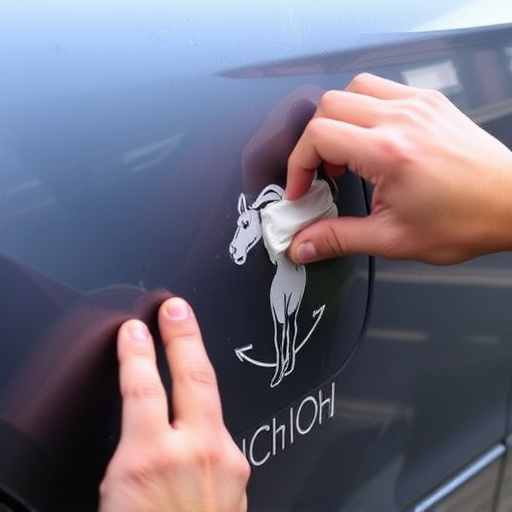
When embarking on car paint restoration, professionals caution against several common mistakes that can jeopardize the process and outcome. One of the most prevalent errors is attempting to rush the restoration. Paint jobs require patience; rushing can lead to uneven application and subpar results. Skimping on preparation is another blunder; proper surface cleaning, priming, and sanding are crucial steps that lay the foundation for a durable finish. Neglecting these stages often results in a weak bond between the new paint and the existing surface, causing early chipping or flaking.
Additionally, using incorrect products or tools can hamper progress. Inadequate removal of old paint or failing to properly prepare metal surfaces for painting are frequent issues encountered at auto collision centers. Dent removal techniques must be precise; rough handling or inadequate methods can leave unsightly marks or damage the underlying panel. Relying solely on one repair method or ignoring the need for multiple stages in automotive repair is a surefire way to achieve less-than-satisfactory outcomes.
Car paint restoration is a dynamic field, guided by emerging technologies and sustainable practices that promise to enhance both efficiency and environmental friendliness. As professionals continue to innovate, understanding common mistakes to avoid becomes crucial for achieving superior results. By staying informed about these trends, enthusiasts and experts alike can ensure the future of auto refinishing is not only flawless but also eco-conscious.
